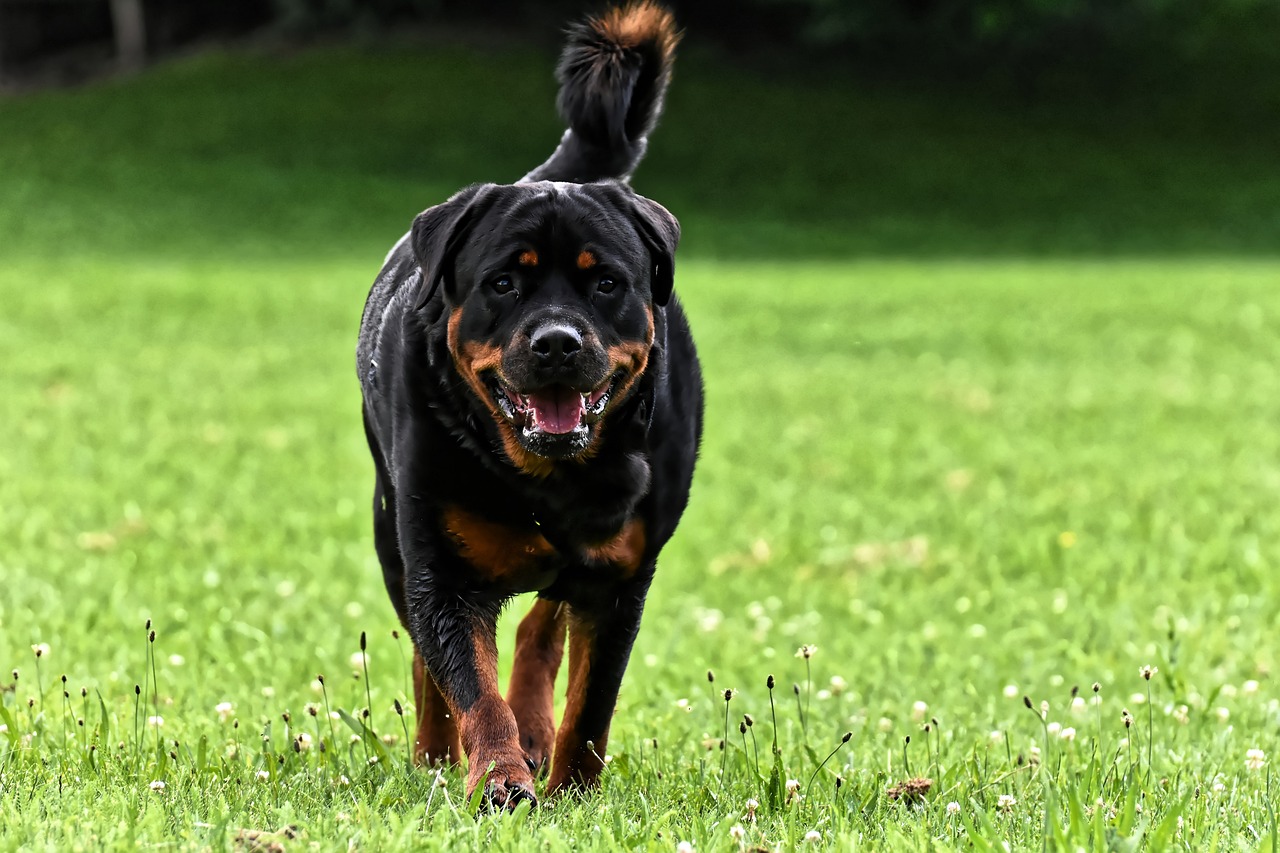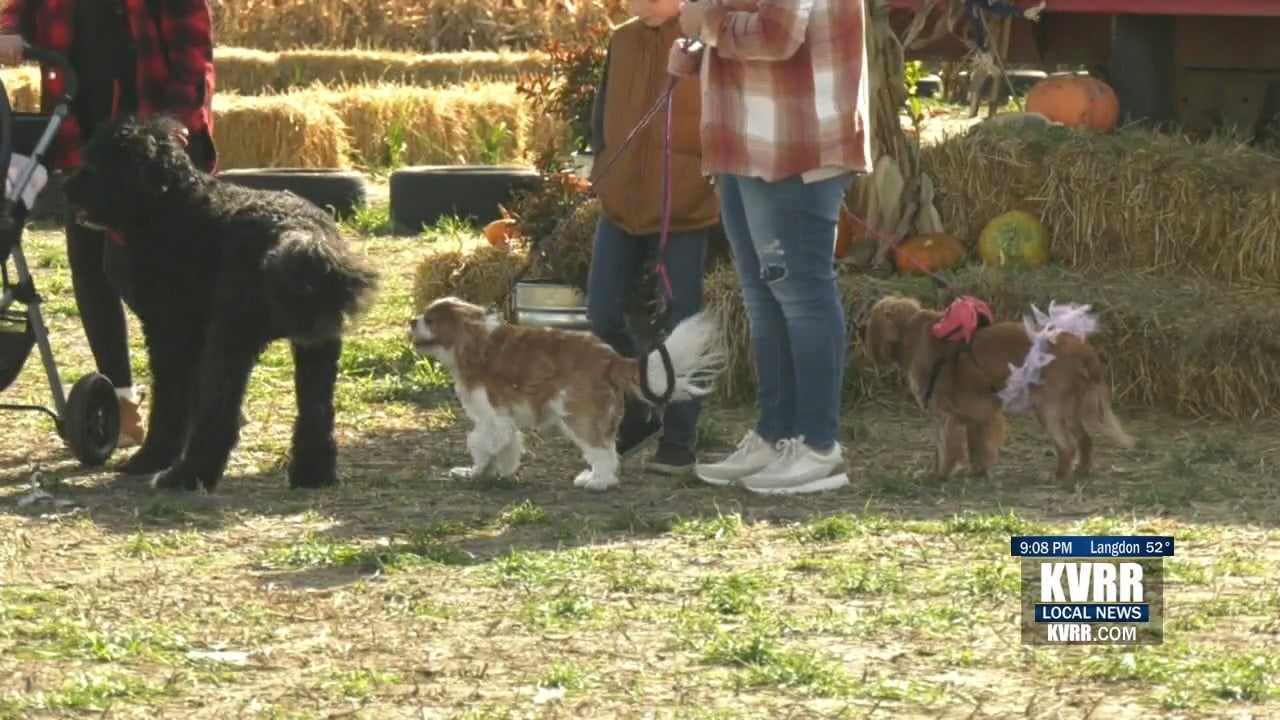The Rottweiler, with its robust physique and intense gaze, is a breed that commands attention. Its current reputation often centers around its protective instincts and strong guarding abilities. Yet, the history of the Rottweiler reveals a multifaceted working dog, versatile in its roles throughout the ages. By understanding its origins, we can better appreciate the depth and breadth of the Rottweiler’s capabilities.
1. The Ancient Lineage of the Rottweiler
Tracing back the lineage of the Rottweiler leads us to the Roman Empire. As with many breeds, the Rottweiler’s ancestry is intertwined with human history.
- Roman Legions and Cattle Herding: The Rottweiler is believed to have descended from drover dogs used by the Romans. These dogs traveled with Roman legions, herding the cattle they used for food.
- Traveling Through Europe: As the Roman legions moved through Europe, these drover dogs bred with native dogs in the regions they passed, laying the foundations for several breeds, including the ancestors of the Rottweiler.
2. Rottweil: The Town and Its Influence
The development of the Rottweiler breed is closely tied to the German town of Rottweil.
- Cattle Market and Butchers: Rottweil was a prominent center for cattle trade in ancient times. The early Rottweilers, then known more broadly as ‘Rottweil butchers’ dogs,’ played a key role in driving and protecting cattle herds, assisting the town’s butchers and traders.
- Origin of the Name: The breed’s name, Rottweiler, is derived from the town of Rottweil. The bond between place and breed showcases the significance of the dog’s role in the local economy and culture.
3. The Versatility of the Rottweiler
Beyond herding, the Rottweiler took on various jobs due to its intelligence, strength, and adaptability.
- Guarding and Protection: Given their natural protective instincts, Rottweilers were employed to safeguard marketplaces, homes, and livestock from thieves and predators.
- Draft Dogs: In the absence of vehicles, Rottweilers were harnessed to carts, helping butchers transport meat and other goods to the market.
4. The Rottweiler’s Journey in the 20th Century
With the advent of modern transportation and shifts in livestock management, the Rottweiler needed to find new roles.
- Police and Military Roles: Recognizing the Rottweiler’s intelligence, loyalty, and strength, various European police forces started employing them. Their utility was further highlighted during both World Wars, where Rottweilers served as guard dogs, messenger dogs, and more.
- Search and Rescue: The breed’s keen senses and dedication make Rottweilers effective in search and rescue operations, aiding in disaster relief and locating missing persons.
5. Modern-Day Rottweilers: Beyond the Stereotypes
While often perceived as mere guard dogs, modern Rottweilers excel in various fields, further emphasizing their versatility.
- Competitive Events: Rottweilers today participate in obedience, agility, herding, and tracking events, showcasing their diverse skill set.
- Therapy and Service Roles: Contrary to some stereotypes, Rottweilers, with proper training, can be gentle giants, serving as therapy dogs or assisting individuals with disabilities.
6. The Enduring Legacy of the Rottweiler
The Rottweiler’s journey, from ancient Rome to modern homes, underscores its enduring adaptability and importance.
- An Evolving Role: Whether herding cattle, guarding homesteads, or participating in competitive events, the Rottweiler has showcased its ability to evolve and adapt to human needs.
- A Beloved Companion: Beyond their working roles, Rottweilers are cherished family members, known for their loyalty, affection, and unwavering commitment to their owners.
Conclusion: Celebrating the Rottweiler’s Rich History
The Rottweiler’s lineage, steeped in history and adaptability, offers a compelling narrative of a breed that has consistently met the changing needs of society. From the bustling cattle markets of Rottweil to the living rooms of families worldwide, the Rottweiler stands as a testament to the timeless bond between humans and dogs. This rich heritage is a reminder to look beyond stereotypes and appreciate the Rottweiler for its intelligence, versatility, and heart.
Frequently Asked Questions About Rottweiler Breeding
1. What is the ideal age for a Rottweiler to start breeding?
The ideal age to start breeding a Rottweiler is after they have reached full maturity, typically around 2 years of age. However, it’s essential to consult with a veterinarian and ensure that the dog is in optimal health and has passed relevant health tests before breeding.
2. How often should a female Rottweiler be bred?
A responsible breeder will usually breed a female Rottweiler once a year at most. This gives her body adequate time to recover from the stress of pregnancy and nursing.
3. What are the essential health tests for Rottweilers before breeding?
Before breeding, Rottweilers should be tested for common genetic conditions like hip dysplasia, elbow dysplasia, and certain heart and eye conditions. Consultation with a veterinarian can provide a comprehensive list of recommended tests.
4. How long is the gestation period for Rottweilers?
The gestation period for Rottweilers, like most dogs, is approximately 63 days, although it can vary from 58 to 68 days.
5. How many puppies can a Rottweiler give birth to in one litter?
On average, a Rottweiler litter consists of 8 to 12 puppies. However, the number can vary based on the individual dog and her health.
6. At what age can Rottweiler puppies be sold or adopted?
Rottweiler puppies should stay with their mother for a minimum of 8 weeks before being sold or adopted out. This period ensures proper socialization and that they receive the necessary nutrients from their mother’s milk.
7. What is the importance of socializing Rottweiler puppies?
Socialization is crucial for Rottweilers because of their strong protective instincts. Proper socialization from a young age helps ensure they grow up to be well-adjusted, friendly, and safe around other animals and people.
8. How can I verify if a Rottweiler breeder is reputable?
A reputable Rottweiler breeder will prioritize the health and well-being of their dogs, be knowledgeable about the breed, provide health guarantees, and be willing to show you where the dogs live and answer any questions. Always check for reviews, and references, and seek recommendations from trusted sources.
9. Are there specific nutritional needs for pregnant or nursing Rottweilers?
Yes, pregnant or nursing Rottweilers require a diet higher in calories, protein, and certain nutrients. Consultation with a veterinarian will ensure the dog receives the proper nutrition for her and her puppies’ health.
10. What are common challenges faced when breeding Rottweilers?
Some challenges include ensuring the health and genetic fitness of breeding pairs, dealing with potential complications during pregnancy or birth, and investing time and resources in raising and socializing the puppies. It’s essential to be prepared, educated, and dedicated to the breed’s welfare.
Benefits of Adopting a Rottweiler from a Rescue or Shelter
Adopting a Rottweiler from a rescue or shelter offers numerous benefits. Not only are you providing a loving home to a dog in need, but you’re also reducing the demand for puppy mills and backyard breeders. Adopted Rottweilers are often already trained and socialized, saving you time and effort. Additionally, rescues and shelters usually provide a complete health check and vaccinations, ensuring the dog’s well-being before adoption. Adopting also promotes responsible pet ownership and helps in the fight against overpopulation.





